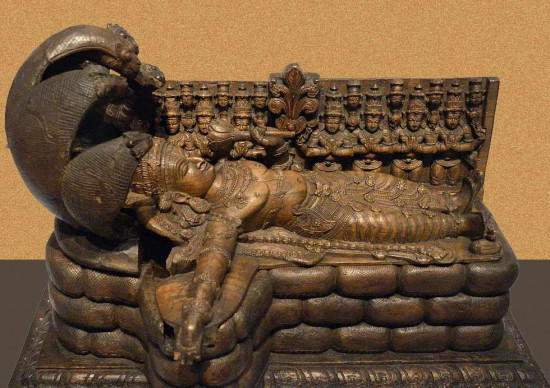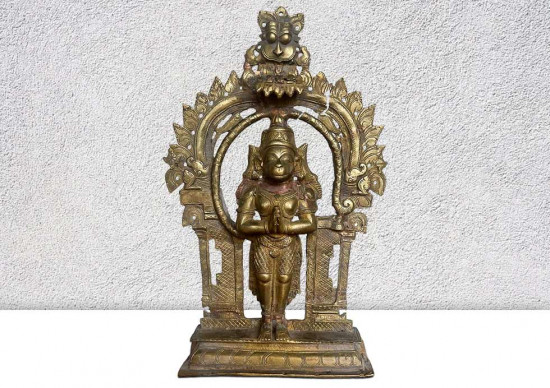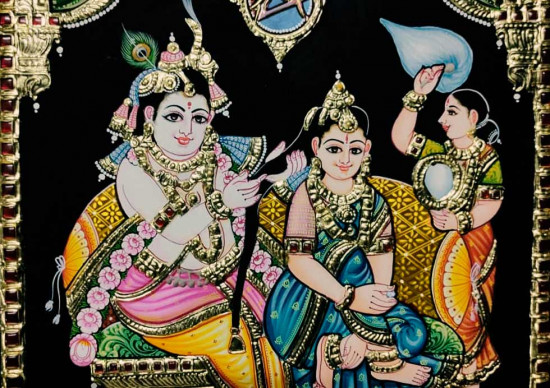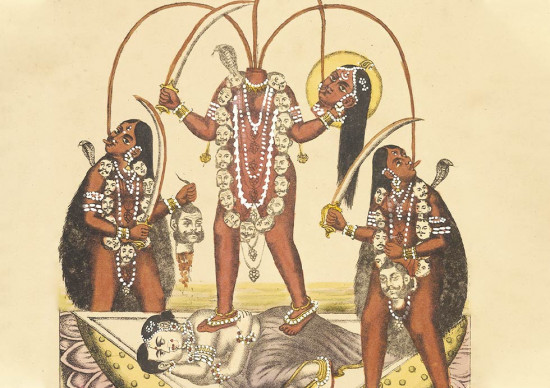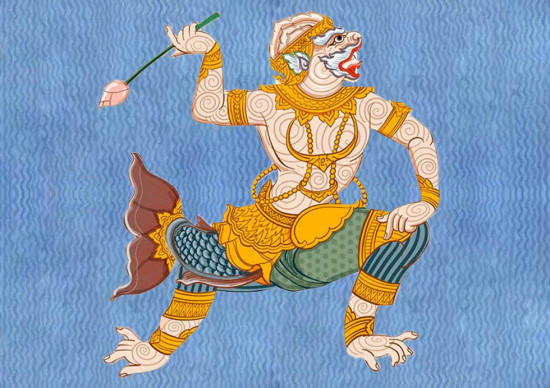
India is renowned for its spirituality, rich culture, and sacred places that attract millions of pilgrims around the world. The Kashi Vishwanath Temple in Varanasi is one of the most significant spiritual sites. It represents spirituality, resilience, and devotion. In this blog by Cottage9, we will discuss the story of the Kashi Vishwanath Temple, including its history and why it is one of India's most revered Jyotirlingas.

The Significance Of Kashi Vishwanath Temple
The Kashi Vishwanath Temple is situated in Varanasi, also known as Kashi, where Lord Shiva lived as Vishwanath. This holy place is among the twelve Jyotirlingas in India. Many devotees have confidence who have been here, and believe that if you visit this place and pray, you can escape from the continuous cycle of birth and death. The temple is located on the western bank of the sacred River Ganga. Varanasi has been referred to as the “city of light” for hundreds of years, with the Kashi Vishwanath Temple being the spiritual epicenter. The “Vishwanath,” meaning “Lord of the Universe,” is most commonly referred to as Lord Shiva in this holy place.
The Kashi Vishwanath Temple Story
According to ancient scriptures, Kashi is the most beloved place of Lord Shiva. The Skanda Purana recounts a dispute between Lord Vishnu and Lord Brahma regarding who was the supreme. Lord Shiva decided to test them both with his infinite form, the Jyotirlinga, which appeared to them as a never-ending pillar of light. Lord Vishnu and Lord Brahma both began searching for the beginning and end of this pillar of light, but they were unsuccessful. Once they were both able to take the form of Lord Shiva, he revealed himself in the form of the Infinite. After their worship, this light appeared in twelve different sacred locations in India, one being the Kashi Vishwanath Temple Jyotirlinga.
The Ancient History Of Kashi Vishwanath Temple
The Kashi Vishwanath Temple’s history is as old as the history of Varanasi. The temple has seen destruction and reconstruction multiple times throughout history due to invasion and changing rulers, yet it always returns even more magnificent than before. The earliest mention of the temple can be found in ancient Hindu scriptures such as the Skanda Purana and the Kashi Khanda, which describe the temple as the most sacred location for devotees of Lord Shiva. Historians indicate the first temple existed in its original form around 1000 BC. The temple eventually became a center for learning, philosophy, and devotion. Countless scholars, saints, and poets have visited this shrine of worship, adding a grace to its spiritual legacy.
The Destruction & Rebuilding Through The Ages

The Kashi Vishwanath Temple’s story involves destruction and restoration, which depicts the divine nature of the deity Shiva, who is the creator and destroyer.
First Destruction
The Kashi Vishwanath Temple’s history tells that the original temple was destroyed by Qutb-ud-din Aibak, who was the commander of Muhammad Ghori, in 1194 CE. The faith of the devotees never diminished, and the temple was restored shortly by local Hindu rulers.
Rebuilt & Destroyed Again
In the 15th century, under the rule of Sultan Mahmud Sharqi, the temple was again destroyed; however, it was ultimately restored by the local Hindu community.
The Mughal Period
In 1669, during the reign of Emperor Aurangzeb, the temple was once again destroyed, and a mosque known as the Gyanvapi Mosque was built on the place. The term “Gyanvapi’ refers to the “Well of Knowledge.” It is said that the temple priests hid the original Shivlinga in this well to protect it from being destroyed.
The Rebuilding By Ahilyabai Holkar
The current Kashi Vishwanath Temple was built in 1780 by Ahilyabai Holkar, queen of Indore. She was the devotee of Lord Shiva, and the queen took it upon herself to restore the temple. Since then, a tribute to faith and survival, the temple has continued to exist.
Spiritual Importance Of Kashi Vishwanath Temple Jyotirlinga
In Hinduism, a Jyotirlinga has huge significance. Among all twelve Jyotirlingas, the Kashi Vishwanath Temple Jyotirlinga is the most sacred. It is believed that Lord Shiva resides in Kashi, and the whole city rests on this Trishul. If you visit the Kashi Vishwanath Temple once, it will cleanse your soul.
Capturing Divine Kashi Vishwanath Temple
The Kashi Vishwanath Temple has beautiful golden domes that shine under the sun. The Kashi Vishwanath Temple photos capture it very gracefully. These photos do not show just the structure of stone and metal, but also the place of devotion. The glowing lamps in the evening aarti, and the divine energy are charismatic. Experience the divine energy of the Temple by bringing the spiritual idol of Lord Shiva from Cottage9. The brass Prabhavali will add extra charm when you place this behind the idol. To make your puja space look more spiritual, you can add diyas and lamps that will elevate the entire aura.
Conclusion
The Kashi Vishwanath Temple is not just a beautiful architectural place; it is an emblem of faith, devotion, and divine energy. Facing many challenges in the past and still standing tall signifies the power of devotion. At Cottage9, we value India’s culture and spiritual heritage. So, when you plan your next spiritual journey, let Kashi call you, because in Kashi, every prayer finds its voice, and every soul finds its peace.

